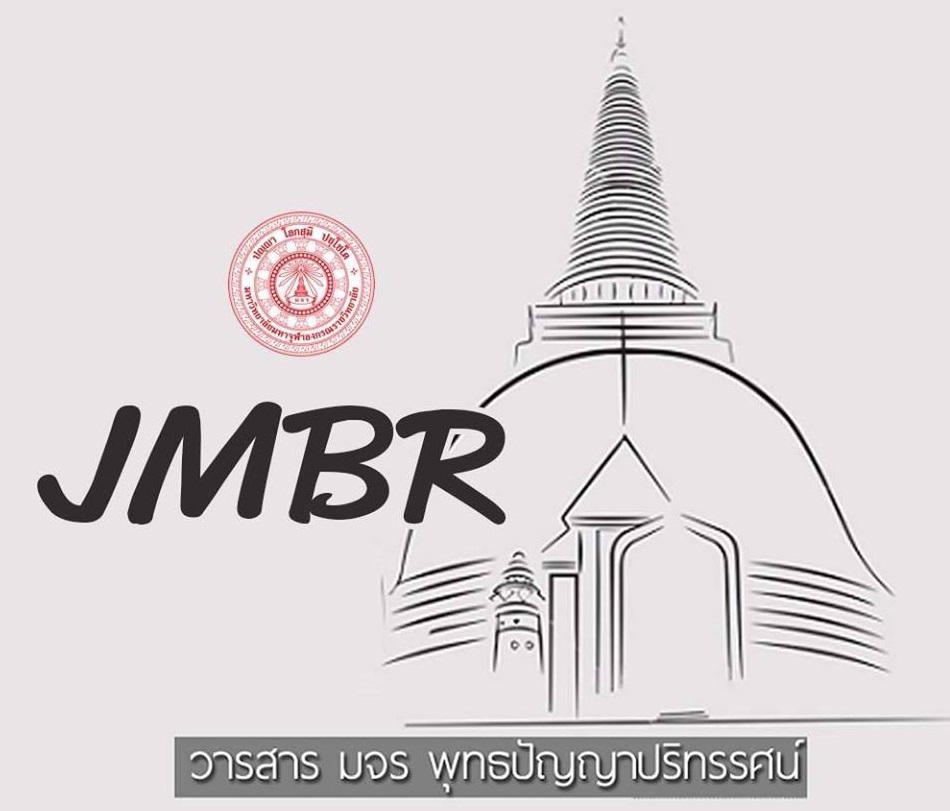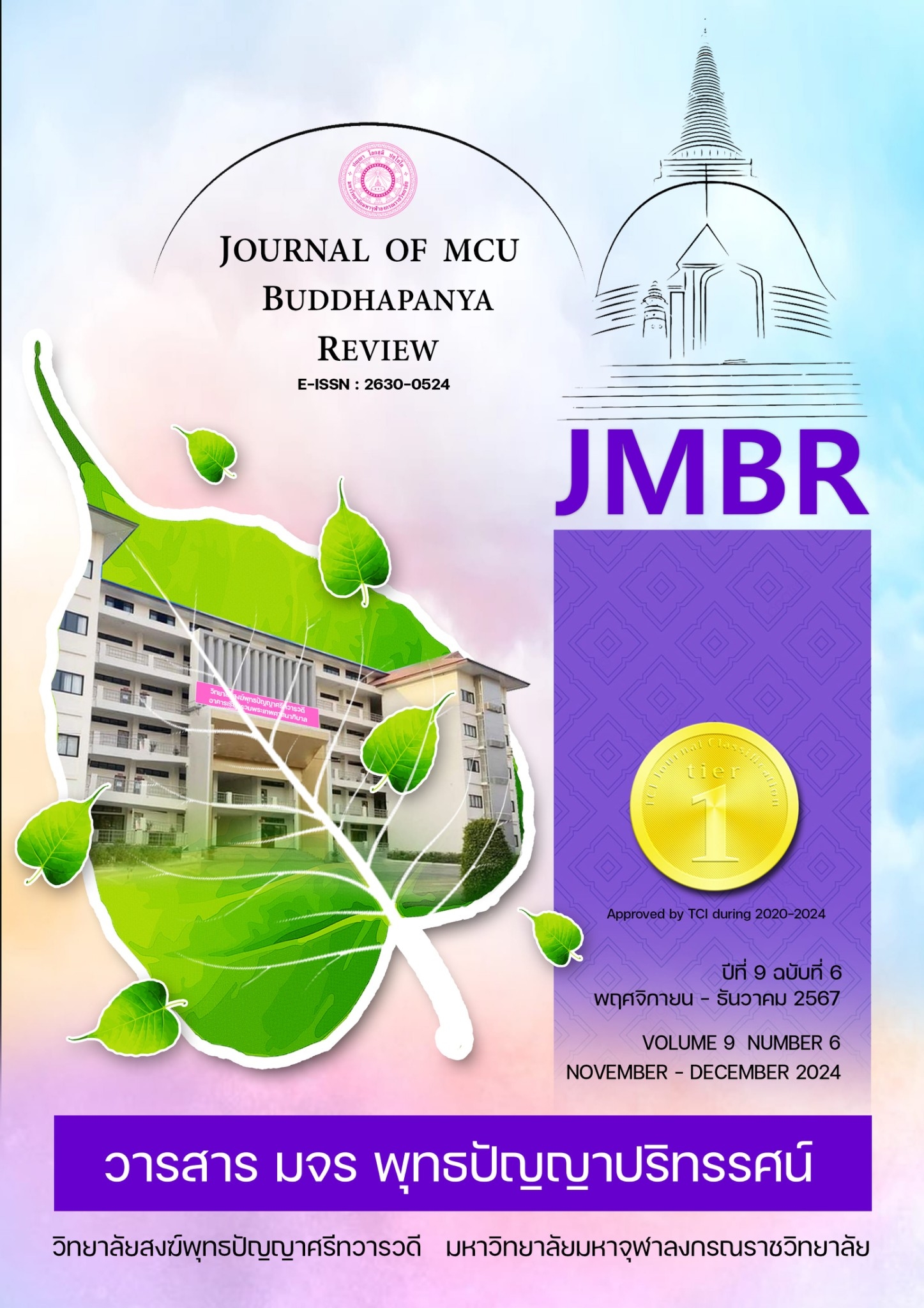PROVIDING EDUCATION FOR THE VISUALLY IMPAIRED IN FOREIGN COUNTRIES
คำสำคัญ:
Educational management, Visually impaired, Educational systemบทคัดย่อ
Studies for visually impaired people in foreign countries are different. For example, in the United States, it was found that visually impaired people, in addition to experiencing unusual physical hardships, are also framed by family members who will be educated because of the embarrassment of their child's abnormality. The United States Constitution does not support the study in special schools because it is considered to be an incorrect approach, separating children from society and therefore sending children to study together with normal children creates an understanding of the limitations between normal children and children with disabilities. It is a correct and appropriate approach, so the government has expanded special education in the form of joint learning and reduced the number of special schools or specialized schools. Sweden has various laws that clearly define the characteristics of children with disabilities, emphasizing that teachers, in addition to having basic knowledge suitable for children with special needs, must also have teaching skills and use psychology. All classroom teachers must devote their time, by providing tutoring for 2 hours per week, teachers have helped a lot in solving the problem of children with disabilities in Sweden. In Japan, there are both special schools and co-educational schools. There are 3 types of special schools: schools for the deaf, Schools for the Blind, and Schools for the disabled, which are separated into 3 types of schools specifically for the disabled: schools for mentally retarded children, schools for children with physical disabilities, schools for chronically ill children. If children with moderate disabilities will be arranged to attend classes. As with normal children, children with disabilities who can enter special schools must undergo a selection process that is established by law and the Japanese Ministry of Education has a set curriculum. Australia will promote inclusive education by nearly 100 percent. There will be research and use of research results to develop techniques for training individuals to have knowledge and ability and use appropriate tools that can help children with all special needs. More people can learn well and have the means to attend regular school. The Australian government will support the emphasis on parent education and the development of children who have been diagnosed as being able to develop in all areas, parent training, home visits, demonstrations, follow-up, and communication technology are used in teaching and fully support education.
เอกสารอ้างอิง
Department of Promotion and Development of Quality of Life for Persons with Disabilities Ministry of Social Development and Human Security. (2020). “Report on the the situation of people with disabilities in Thailand” [online] Source: http://dep.go.th/Content/View/6353/1 (27 July 2020)
Department of Promotion and Development of Quality of Life for Persons with Disabilities Ministry of Social Development and Human Security. (2020). “Report on the educational situation” [online] Source:http://dep.go.th/Content/View/6353/1 (27 July 2020)
Phadung Arayawinyu. (1998). Education for children with special needs. 3rd printing, Bangkok: Department of Special Education. Faculty of Education Srinakharinwirot University.
National Educational Development Center of Thailand. (1986). Study of classroom environment, teacher behavior, and student behavior in primary schools, 2nd edition. Bangkok: Sukhothai Thammathirat Open University.
ดาวน์โหลด
เผยแพร่แล้ว
รูปแบบการอ้างอิง
ฉบับ
ประเภทบทความ
สัญญาอนุญาต
ลิขสิทธิ์ (c) 2025 วารสาร มจร พุทธปัญญาปริทรรศน์

อนุญาตภายใต้เงื่อนไข Creative Commons Attribution-NonCommercial-NoDerivatives 4.0 International License.



